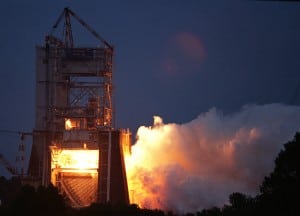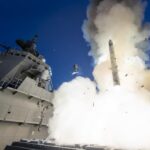
An adviser to the chairs of the Defense Department’s RD-180 study committee approved of the pace the Pentagon is taking toward developing a new rocket engine as a key lawmaker calls for DoD to accelerate its progress. Josh Hartman, CEO of Horizon Strategies Group, said Wednesday while “he’d love” for DoD to go faster, it’s important for the Pentagon to not rush into such a critical endeavor. “It’s important for them…to spend the right time to really understand what this…













